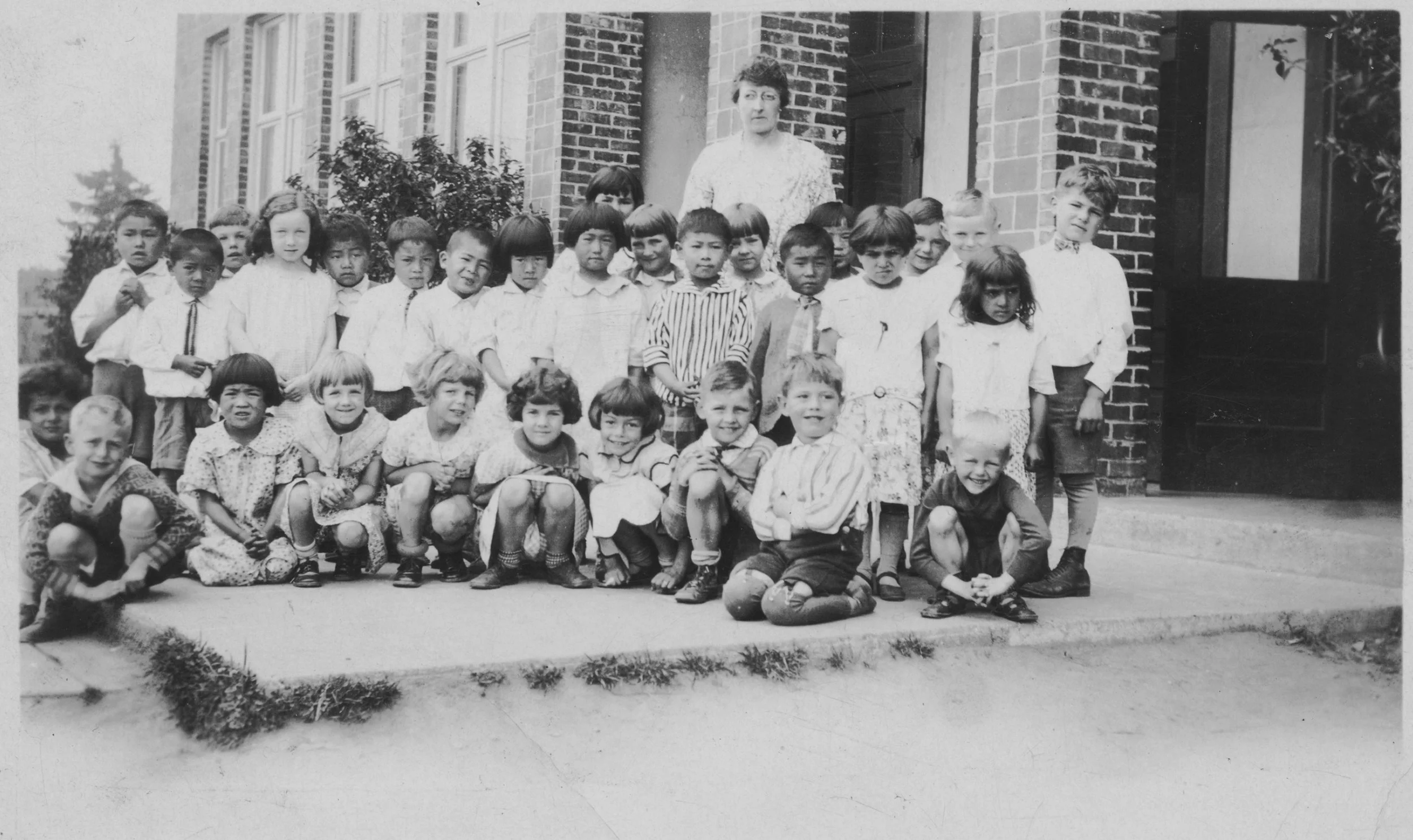Eastside Stories is our way of sharing Eastside history through the many events, people places and interesting bits of information that we collect at the Eastside Heritage Center. We hope you enjoy these stories and share them with friends and family.
Eastside Stories
Article by Margaret Laliberte
At the end of World War II veterans who had become pilots during their years in the military returned to civilian life, enthusiastic about using their new skills. The entrepreneurs among them envisioned a future in which thousands of Americans could be taught to fly, and then own, small planes. They’d fly on business or take their families out for a weekend spin. With relatively inexpensive insurance and availability of war-surplus airplanes, flying was an activity seen as accessible to even middle-class hobbyists. Vets who hadn’t been pilots could use the G.I Bill to learn to fly.
The Eastside was a player in this post-war phenomenon of “general aviation” (non-military, non-commercial). Four little air fields sprang up during the 1940s: Issaquah’s Sky Ranch, north of I-90 and west of East Lake Sammamish Parkway; the Bellevue Air Field across I-90 from where Eastgate developed; the North Seattle Air Park on Finn Hill near Kirkland across from St. Edward Seminary; and the Lake (or Mercer Inlet) Air Field where Newport Shores now lies. They’re all gone now, buried under development. Only at Eastgate will a remnant of the old airfield land eventually become a new Bellevue park or possibly a sports facility.
First to appear, in 1941, and longest to endure, was the Seattle Sky Ranch, on land leased by Ab Davies and Al Lockwood from the Pickering family between Lake Sammamish and Highway 10 (the “Sunset Highway,” now designated I-90). Until 1951 the partners operated the grass field as a flight school, training vets funded by the G.I. Bill. When that funding source ended, they closed down their operation. In 1961 Linn Emrich, a plot and Air Force veteran, leased the field and renamed it the Skyport. He founded the Seattle Sky Sports Club, which featured parachute jumping, gliding, even ballooning. The Sky Ranch hosted the National Parachute Championships in 1963. After the land was sold in 1975, years of bitter litigation followed as the new owners tried to terminate Emrich’s lease. In May 1987 a special election was held to approve a $5.2 million bond issue to purchase the property for a park. The measure failed by just 5%. Meanwhile, the legal battle ended when Emrich finally vacated the field. Two final attempts to halt development were mounted by citizen groups arguing that the developers had not provided sufficient information about potential for flooding to Issaquah’s council nor satisfied the Army Corps of Engineers requirements for an assessment of the impact on the wetland area. But a Superior Court judge held that the city had acted properly, and the development of a huge business park and shopping center at Pickering Place moved forward. In 2002 Robert Pickering, former owner of the property, reminisced about the old days. "It was so nice back then on summer evenings, sitting there watching the parachuting. The divers didn't always land in the field. Some would land in the valley, some in trees in my back yard, some in blackberry bushes."
Bellevue Air Field was built by a World War I air veteran, Arthur Nordhoff, King County and later Seattle city counsel. (His daughter Nancy had flown planes in the wartime Women’s Airforce Service Pilots or WASPs.) The field was located just north of Highway 10 and east of 156th Ave. N.E. Back in 1942, the Port of Seattle had favored this area for a major airport rather than one at Bow Lake, where land was much more expensive and more subject to foggy conditions. But United Airlines convinced Tacoma and Seattle to partner on a site at Bow Lake, and Seattle-Tacoma International Airport was the result. The little air field built on the Eastside instead had a paved runway, licensed repair facility, and hangars for private planes. A schematic in a 1959 FAA inspection report showed a shower and rest room building among the various buildings. A 1969 article in the Bellevue American newspaper noted that private aviation was still a growing business. One hundred twenty-five planes were parked at the airfield, which saw 80,000 take-offs and landings in a year.
But the air field was becoming problematic. No ground navigation was ever installed. Eastgate had developed, and when weather required landings to the North, pilots had to navigate over the high hills to the south, subdivisions and an increasingly busy I-90, before touching down startlingly close to the highway. In 1978 the field was sold to a Boston-based office park firm, but flights continued until February 1983. The journal Seattle Business bemoaned, “How long can a major urban center like Bellevue be without an airport”? Although much of the property now houses office buildings and a hotel in the I-90 Business Park, 14-1/2 acres of the old air field were purchased by the City of Bellevue in 2003. Development of the land into either a park or a large sports facility is currently ongoing.
Sources:
“Great-Grandma Operates Air Field on Mercer Island [sic],” Seattle Times, July 4, 1946, p.7
Irving Petite, “Frontiers in the Sky,” 1951
Seattle Business magazine, October 1983, p.33
“Vacation Via Air Lanes,” a 1946 article by Helen Call, newpaper unknown
“There once was an airport in Inglewood,” March 26, 1989 article by Barbara Brachtl, probably in Bellevue Journal American
Numerous Seattle Times articles
http://www.airfields-freeman.com/WA/Airfields_WA_Seattle.htm
https://mynorthwest.com/974191/searching-for-traces-of-bellevues-phantom-airfield/?
Photo: Airfield in Eastgate, located north of the intersection of SE Eastgate Way and 158th Ave SE, just north of I-90.












